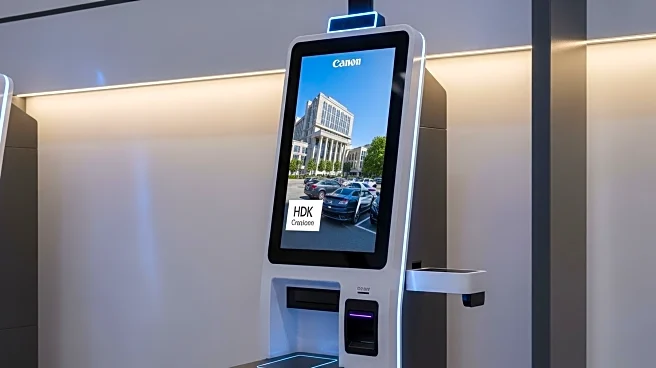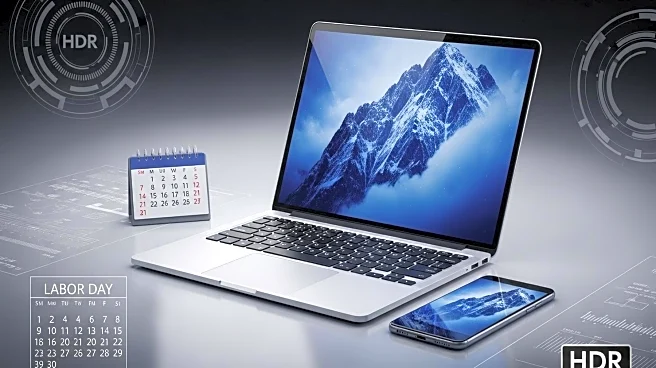What's Happening?
Fireblocks, a prominent crypto infrastructure provider, has introduced the Fireblocks Network for Payments, a secure platform designed to facilitate large-scale stablecoin transactions. This launch comes in response to a $200 billion monthly transaction volume processed via the Fireblocks Network in July 2025, highlighting the need for expanded stablecoin infrastructure. The network unites over 40 providers, including Circle and Zerohash, to offer seamless access to global payment systems, blockchains, and liquidity pools. The architecture addresses key challenges in stablecoin payments, such as fragmented liquidity and complex integrations, by providing a unified API layer that simplifies connectivity across over 100 countries and 60 currencies. This approach reduces operational overhead and enables rapid activation of new payment corridors.
Why It's Important?
The introduction of the Fireblocks Network for Payments marks a significant advancement in the stablecoin sector, potentially transforming traditional financial systems. By streamlining stablecoin transactions, Fireblocks aims to reduce costs and improve efficiency for financial institutions, which could lead to lower transaction fees and higher asset yields. This development is crucial as stablecoins begin to encroach on traditional financial sectors, with major companies like Amazon and Walmart exploring stablecoin issuance to reduce swipe fees and enhance loyalty programs. The network's embedded compliance features ensure adherence to diverse regulatory standards, which is vital as global frameworks for stablecoins continue to evolve.
What's Next?
As stablecoin adoption accelerates, Fireblocks and other infrastructure providers are reshaping the payment landscape by integrating blockchain technology with traditional finance. The competition in the stablecoin rail space is intensifying, with companies like Stripe launching similar platforms. These developments indicate a broader trend towards the digitization of money and the redefinition of financial intermediation. The infrastructure race is not just about technology but positioning for the next phase of global financial evolution.












